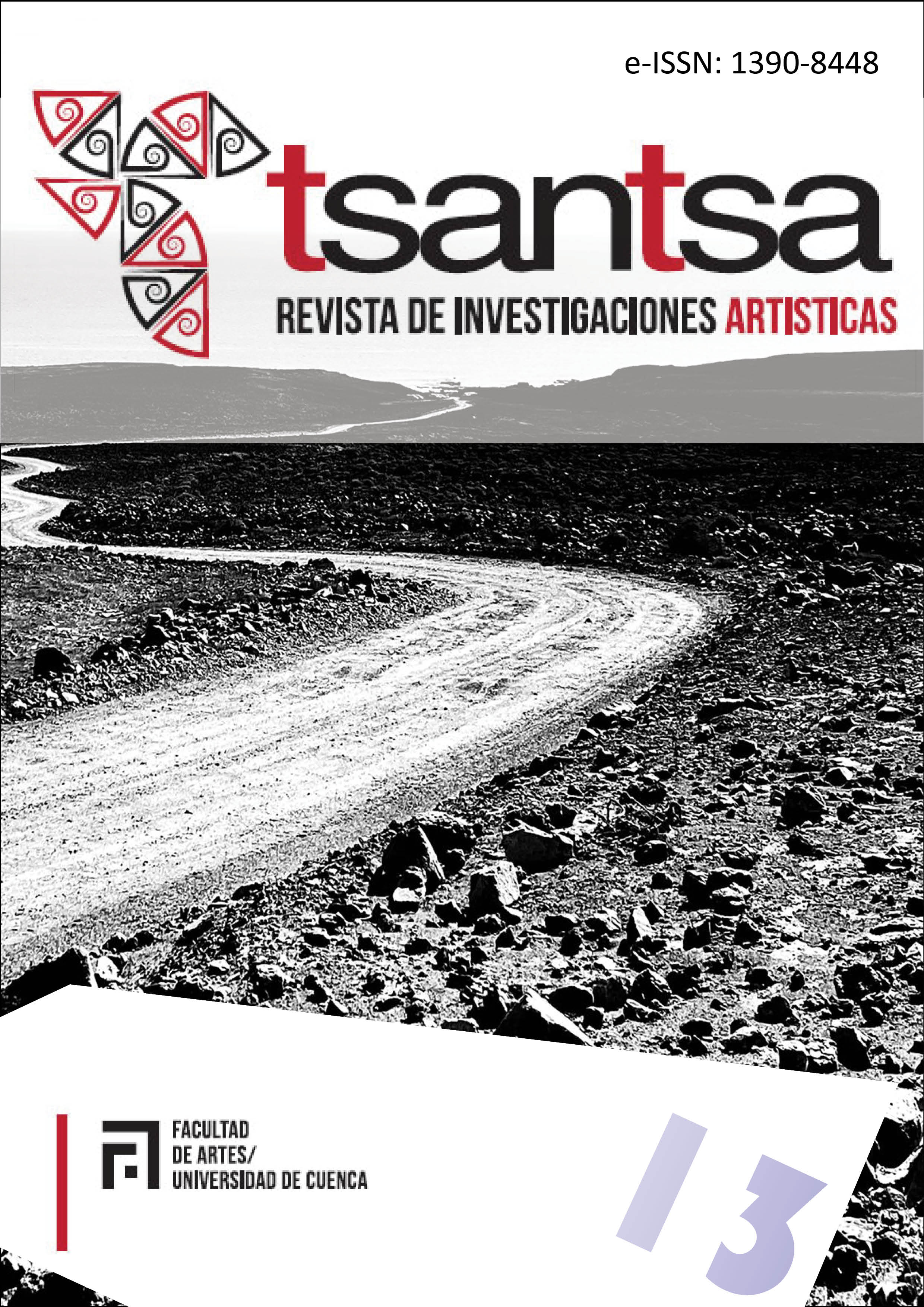Eutonía, arte y experiencia sensible
DOI:
https://doi.org/10.18537/tria.13.01.20Resumen
Construir una experiencia sensible, requiere que el objeto percibido, en este caso la obra escénica, alcance un nivel de interacción entre artista y espectador que pueda producir una movilización interna del sujeto perceptor. Un momento que llegue a lo profundo del ser y que puede construir en éste una experiencia única. Entonces debe de haber un algo sensible arriba del escenario que promueva todo el fenómeno perceptivo y experiencial, y esto está a cargo del artista escénico, del o los cuerpos que construyen la acción escénica. La Eutonía, promueve una experiencia que afecta todas las dimensiones del ser a partir de una organización y sistematización de lo que la persona percibe. Esto permite el desarrollo del “Corpoescena” un estado integral del artista escénico que construye a partir del desarrollo de capacidades como la atención expandida, signos escénicos que parten de un cuerpo como unidad que dialoga con el espectador.
Palabras clave: Eutonía, Artes Escénicas, Percepción, Experiencia Sensible.
Descargas
Citas
Alexander, G. (1983). La eutonía: un camino hacia la eperiencia total del cuerpo. Ediciones Paidós Ibérica.
Cabral, P. A. (2017). La Eutonía. El abordaje a un cuerpo presente, consciente y creativo. In P. S. Jiménez Draguicevic (Ed.), El arte como terapia. Aportes de disciplinas psico-físicas para un mayor autoconocimiento. (pp. 95–119). Fontamara-Universidad Autónoma de Querétaro.
Cabral, P. A. (2019). Corpoescena : un enfoque transdisciplinario sobre el cuerpo en escena. Estudios Sobre Arte Actual, 7, 181–186.
Cabral, P. A. (2020). Espectador 3 . 0 : Una mirada transdisciplinaria sobre la escena y sus receptores. Tsantsa Revista de Investigaciones Artísticas, 9, 195–203.
Digelmann, D. (1981). La Eutonía de Gerda Alexander. Paidós.
Dubatti, J. (2003). El Convivio Teatral de Dante. Atuel.
Hemsy de Gainza, V., & Kesselman, S. (2003). Música y Eutonía: el cuerpo en estado de arte. Lumen.
Jimpa, T. (2017). Anatomía del corazón. Compasión budista para transformar tu vida. Grijalbo.
Maslow, A. (2018). El hombre autorrealizado. In Animal Tales from the Caribbean (17ma.). Editorial Kairós.
Maslow, A. H. (2008). La personalidad creadora. In Psicología.: Vol. 9a. Editorial Kairós.
Ramos, S. (1991). Estudios de Estética. Filosofía de la vida artística. UNAM.
Sastré Blanco, A., & Azouri Miranda, E. (2014). Teoría de Mercadotecnia de las Artes. Hacia la teoría del producto sensible. Conaculta.
Venables, J. P. (2013). Hacia una ontología de la realidad social desde la filosofía de John Searle. Cinta de Moebio, 48, 115–135. https://doi.org/10.4067/s0717-554x2013000300001
Vishnivetz, B. (1994). Eutonía. Educación del cuerpo hacia el ser. Editorial Paidós.
Descargas
Publicado
Cómo citar
Número
Sección
Licencia

Esta obra está bajo una licencia internacional Creative Commons Atribución-NoComercial-CompartirIgual 4.0.



